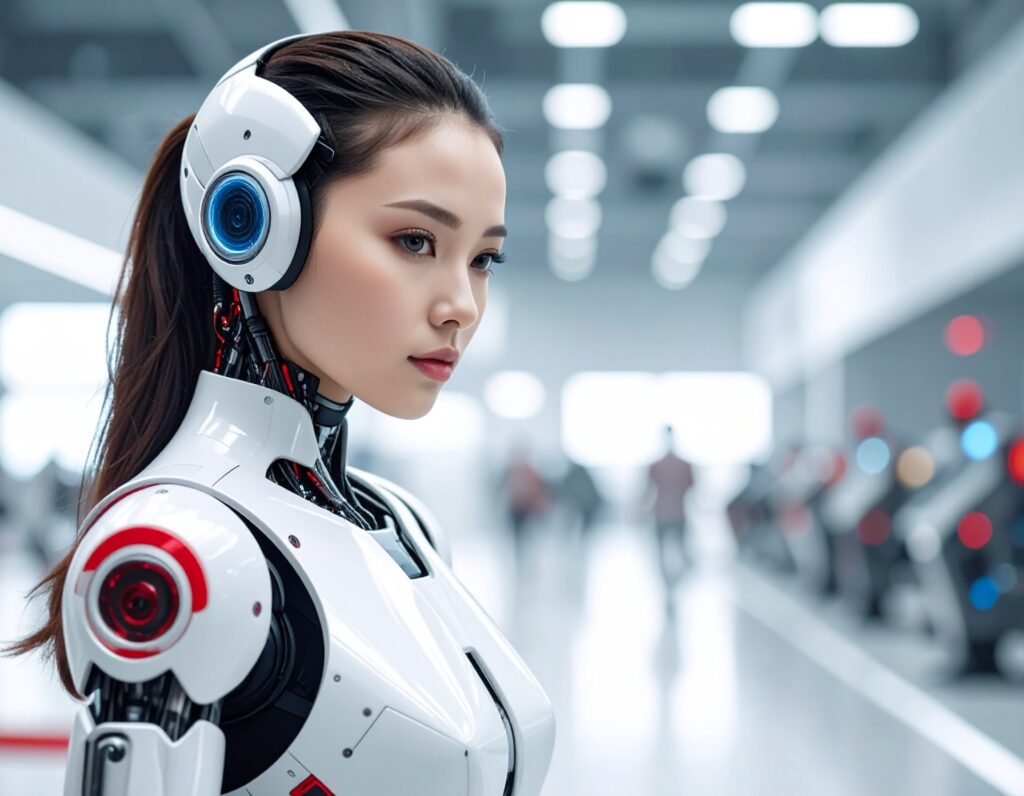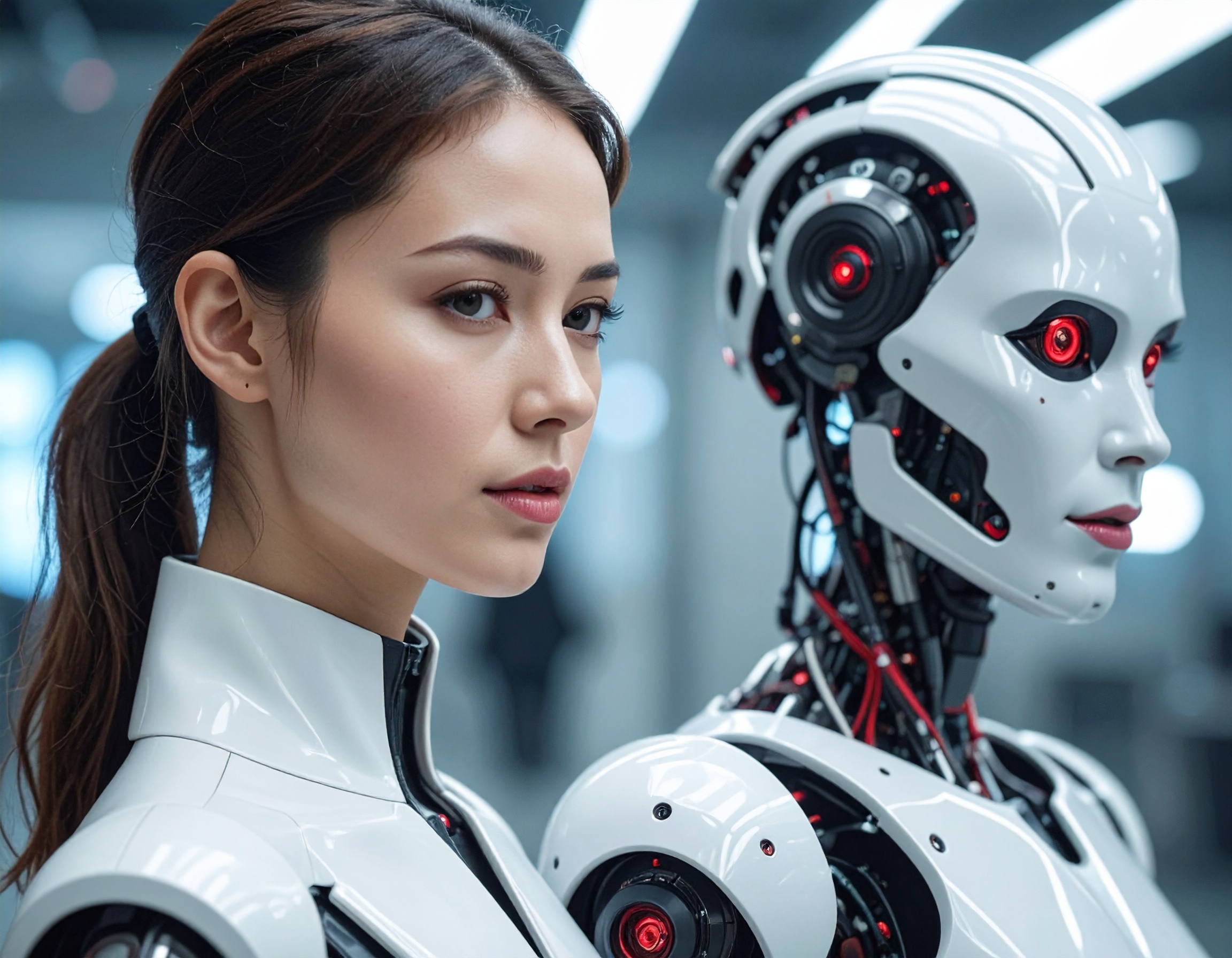How MIT Is Building Virtual Worlds for Robots: A New Era of AI Employees and Non-Human Workers

In October 2025, MIT researchers unveiled a powerful new AI system that can generate realistic 3D environments—such as kitchens, restaurants, and living rooms—for robots to train in, without needing to stage or photograph real scenes. The system, dubbed steerable scene generation, uses diffusion models guided by Monte Carlo tree search to arrange objects with realistic physics (e.g. no overlapping items or floating plates). By producing vast numbers of unique simulated settings, MIT aims to train robots more efficiently and at scale.
From Simulation to Smarter AI Employees
Instead of relying solely on experiments in the real world—slow, expensive and potentially dangerous—this “virtual world” approach allows robotic models to practise everyday tasks in a rich, physics-grounded environment. Robots can learn to stack dishes, place utensils, or organize a space with precision, all before ever touching a real plate. Because the diffusion-based engine respects real-world constraints, it avoids common simulation errors like object collisions or unrealistic object placement.
As a result, robots (i.e. the Non-Human Workers) gain higher-quality training data, improving their foundation models and reducing dependence on costly physical trials. The researchers also plan to expand the system to include movable objects and internet-sourced assets to make scenes even more diverse and dynamic.

Why This Matters: Scaling the Next Generation of Automation
This development is a key step in building more capable Voice AI Agents and AI Employees—autonomous systems that can understand, adapt, and act in real-world settings. By bridging the “sim-to-real” gap, MIT’s tool helps robotics teams train performance under realistic constraints without endless physical adjustments.
Moreover, richer simulation environments pave the way for more widespread and safer deployment of intelligent machines in homes, factories, and service industries. As robots become better at interacting with human-designed spaces, the cost of integrating them into daily workflows falls. In policy, industry, and tech communities, this highlights the importance of investing in virtual infrastructure for Non-Human Workers.
Key Highlights:
- MIT’s steerable scene generation tool was announced in October 2025.
- It uses diffusion models guided by Monte Carlo tree search to generate realistic, physics-valid 3D scenes.
- Robots can train in these virtual kitchens, living rooms, and more to learn tasks like object placement and stacking.
- The system reduces reliance on real-world testing, speeding up development and lowering costs.
- Future improvements aim to include movable assets and internet-sourced scene elements.
Reference:
https://dig.watch/updates/mit-creates-ai-tool-to-build-virtual-worlds-for-robots


